Sayan Alpine Meadows and Tundra
The ecoregion’s land area is provided in units of 1,000 hectares. The conservation target is the Global Safety Net (GSN1) area for the given ecoregion. The protection level indicates the percentage of the GSN goal that is currently protected on a scale of 0-10. N/A means data is not available at this time.
Bioregion: Sayan Mountain Conifer Forests, Alpine Meadows & Steppe (PA36)
Realm: Central Eurasia
Ecoregion Size (1000 ha):
8,108
Ecoregion ID:
764
Conservation Target:
84%
Protection Level:
3
States: Russia, Mongolia
High up, where the snow lingers too long for trees to survive, microhabitats rich with endemic plants and lichens play host to specially adapted species. The endangered Mongolian marmot live in large colonies, argali sheep forage the alpine meadows, and Siberian ibex skitter across precipitous rocky terrain. The Sayan Alpine Meadows and Tundra ecoregion is the northernmost home of the elusive snow leopard.
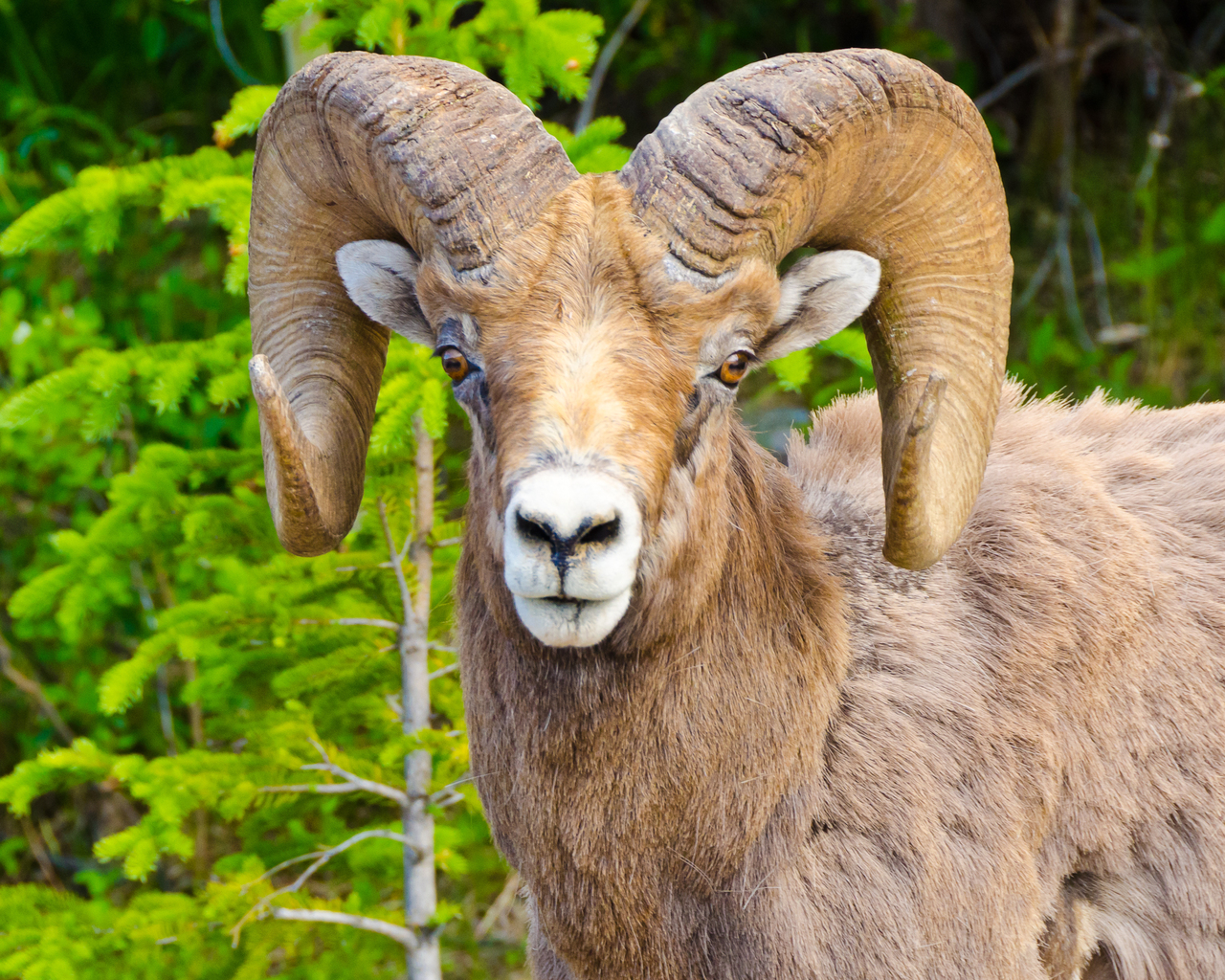
The flagship species of the Sayan Alpine Meadows and Tundra ecoregion is the Argali sheep.
This ecoregion covers areas above the tree line between the Altai Mountains and Lake Baikal in Russia. Adjacent high mountain areas of north Mongolia are also included: Mönkh Saridag, the highest peak in the Sayan mountains on the border between Russia and Mongolia, and the Khoridol Saridag and Ulaan Taiga mountains, west of Lake Khövsgöl.
The average monthly temperatures and annual precipitation peak in July, varying somewhat depending on altitude and aspect. In Chadan, Russia, they are -25.6–18.4°C and 301 mm. In Khankh, Northern Mongolia, they are -27.0–11.9°C and 321 mm. The average annual temperature here is an icy -6.1°C.
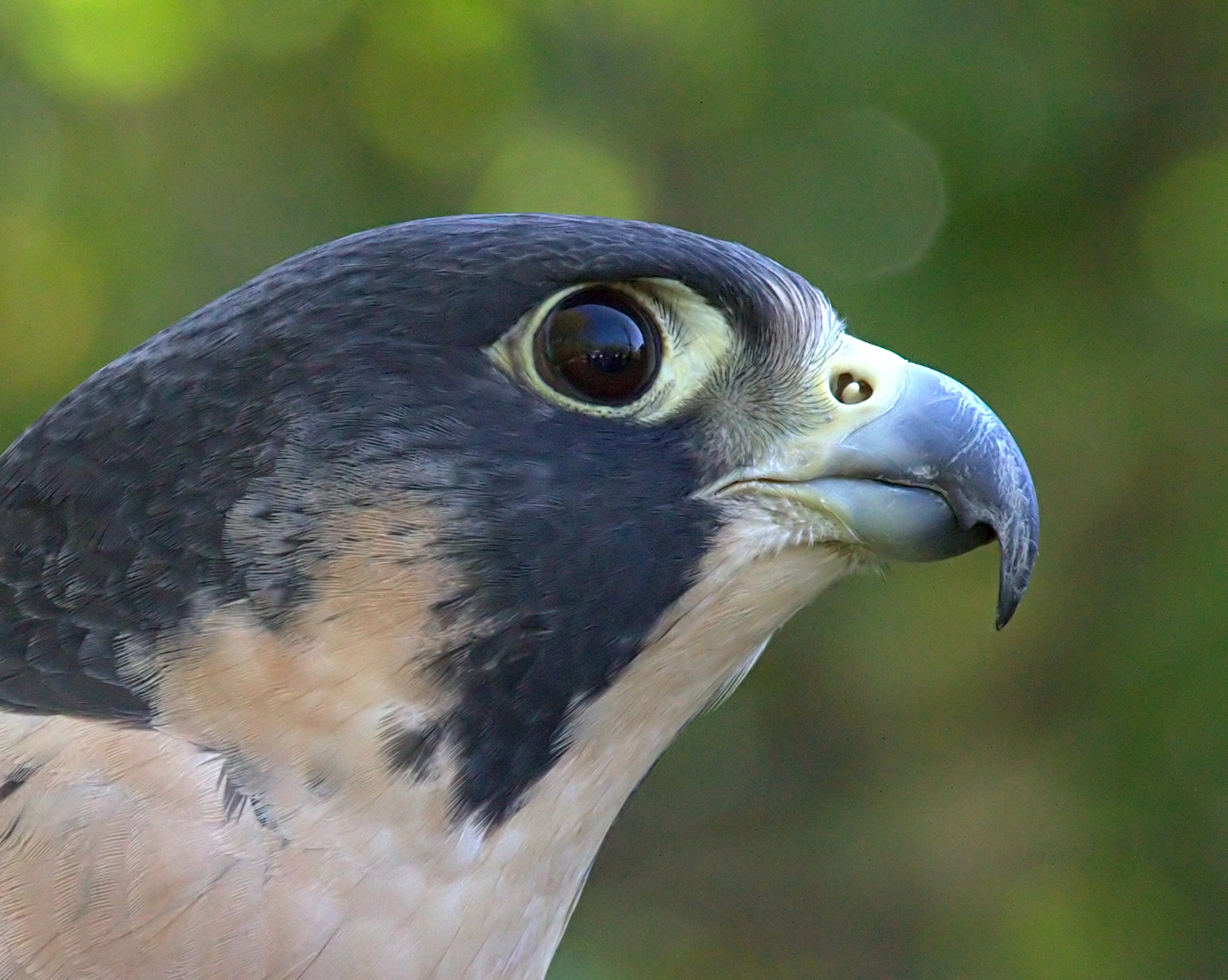
Peregrine falcon. Image credit: Greg Hume, Creative Commons
The ecoregion is characterized by glacially carved valleys with a mosaic of alpine meadows, tundra, and bare rock at the highest elevations. This is an area with diverse plant communities, rich in endemic species. Meadow examples include Pedicularis lasiostachys, Achillea ledebourii, Pyrethrum alatavicum, Tulipa uniflora, Aconitum pascoi, Fritillaria dagana, and Rhaponticum carthamoides. Golden rhododendron and Cladonia stellaris (lichen) highland tundra is typical of the ecoregion.
The highland tundra contains medicinally valuable species, treasured in Russia. Endemics of tundra and rock include Saussurea dorogostaiskii, Allium tytthocephalum, Dendranthema sinuatum, Stevenia sergievskajae, Carex williamsii, Aquilegia borodinii, and Oxytropis tschujae.
.jpg)
Bearded vulture. Image credit: Courtesy of Tambako the Jaguar, Flickr
The tundra and rocky landscape provide the northernmost stronghold of the snow leopard, which feeds principally on the Siberian ibex and argali sheep found in this ecoregion. Wapiti, reindeer, Altai weasel, Siberian weasel, and the endangered Mongolian marmot also depend on this upland ecosystem. Bird species include cinereous vulture, bearded vulture, upland buzzard, and the endangered Pallas’s fish eagle. Rivers contain a spectacular type of giant trout, the Siberian taimen.
Much of the alpine meadow and tundra remains unmodified. On the Mongolian side, a considerable proportion has recently been included in the Ulaan Taiga Specially Protected Area and Tengis-Shishged National Conservation Parks. Protection is sporadic in Russia and lacking in the Eastern Sayan ridge area, where there is a known population of snow leopard.
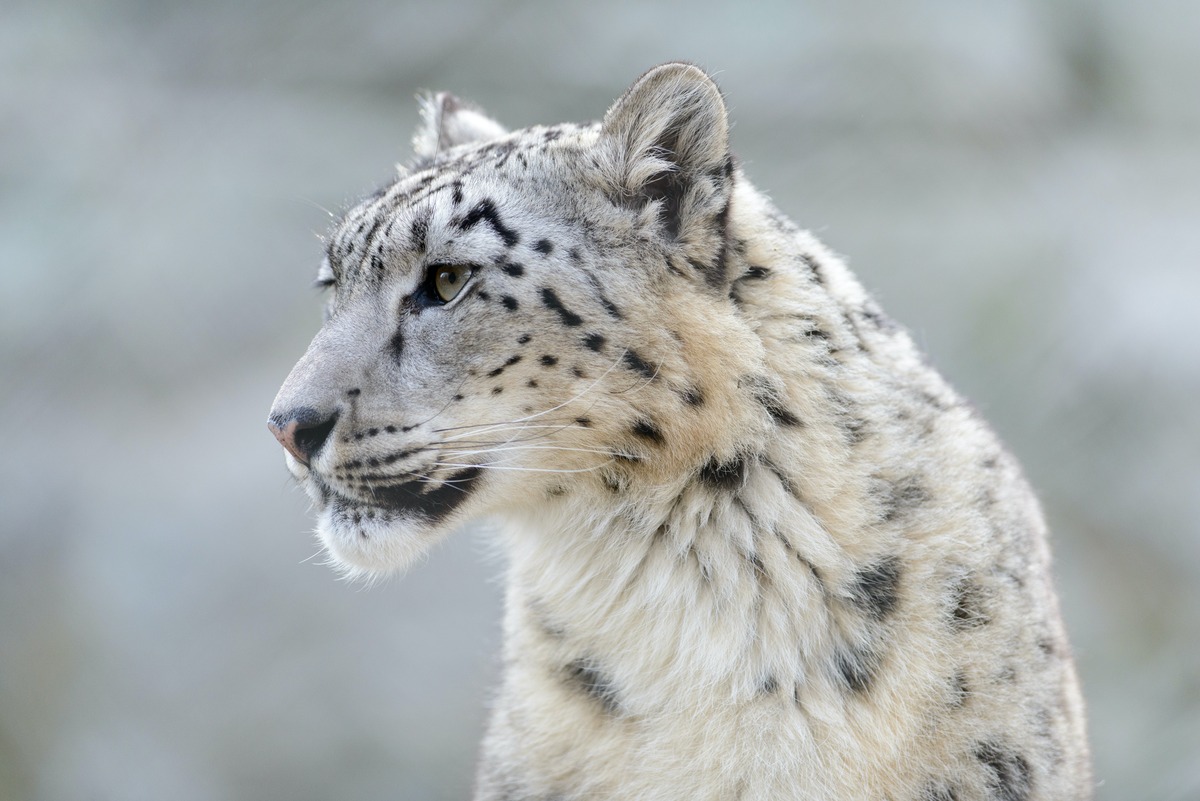
Snow leopard. Image credit: Eric Kilby, Creative Commons
Species such as Maral (Siberian deer) root and Rhodiola rosea are under threat due to intensive collection for medical and industrial purposes. Poaching of vulnerable argali and ibex is a problem as the snow leopard depends so heavily on these prey species.
Upward movements of tree lines due to climate change have been observed in the ecoregion, predicted to cover zones of subalpine and alpine meadow and tundra, removing the localities of many rare and endemic species, which cannot shift upwards in turn as there are no suitable soils at higher altitudes.
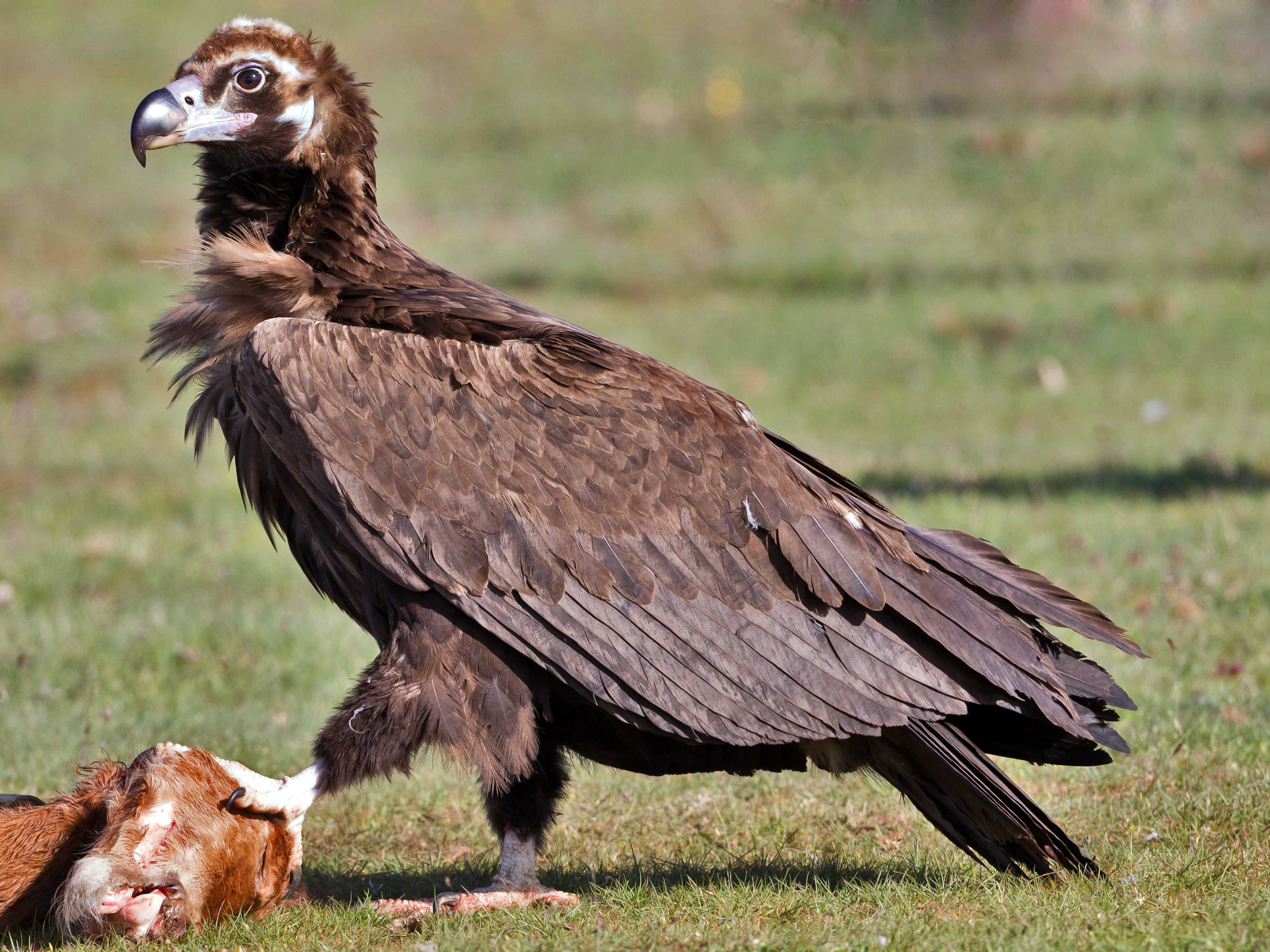
Cinerous vulture. Image credit: Juan Lacruz, Creative Commons
Priority conservation actions for the next decade
- Prevent poaching.
- Increase protection in Russia
- Monitor and mitigate climate change effects, potentially by establishing seed banks and refugia for endemic alpine plants and lichen.
-
-
- WWF. 2018. Central Asia: Southern Russia into Mongolia. [Online]. [Accessed 10th November 2019]. Available from: https://www.worldwildlife.org/ecoregions/pa1016
- Joint Research Centre of the European Commission. 2019. The Digital Observatory for Protected Areas (DOPA) Explorer 4: Sayan Alpine meadows and tundra. [Online]. [Accessed 10th November 2019]. Available from: https://dopa-explorer.jrc.ec.europa.eu/ecoregion/81016
- Kokorin, A.O. ed. 2011. Assessment Report: Climate change and its impact on ecosystems, population and economy of the Russian portion of the Altai-Sayan Ecoregion. Moscow, WWF Russia. 152 pp. [Online]. [Accessed 11th November 2019]. Available from: https://wwf.ru/upload/iblock/7c5/assessment_climate_altai_eng_.pdf
-
Cite this page: Sayan Alpine Meadows and Tundra. Ecoregion Snapshots: Descriptive Abstracts of the Terrestrial Ecoregions of the World, 2021. Developed by One Earth and RESOLVE. https://www.oneearth.org/ecoregions/sayan-alpine-meadows-and-tundra/
-
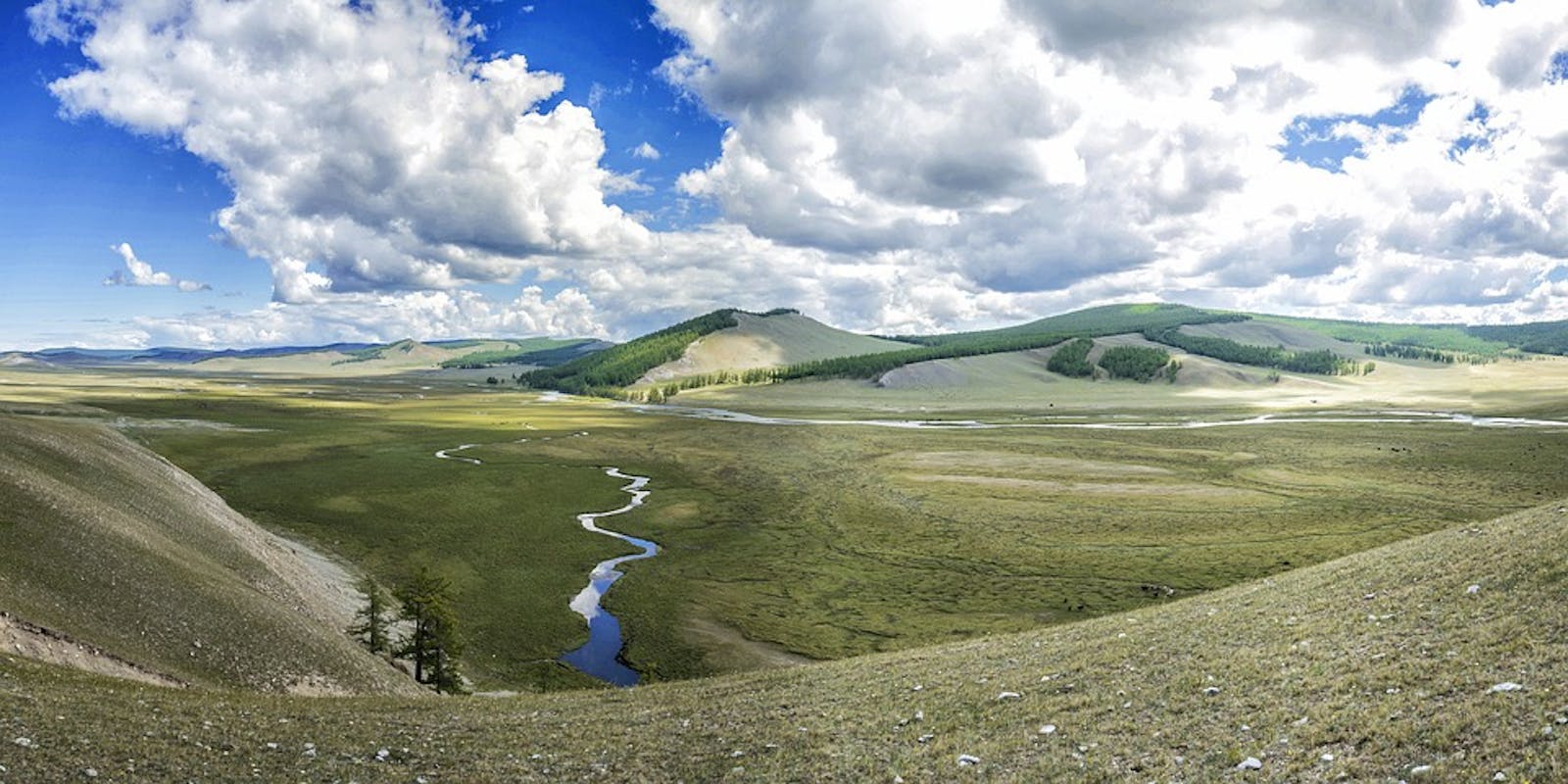
.png?auto=compress%2Cformat&w=300)

